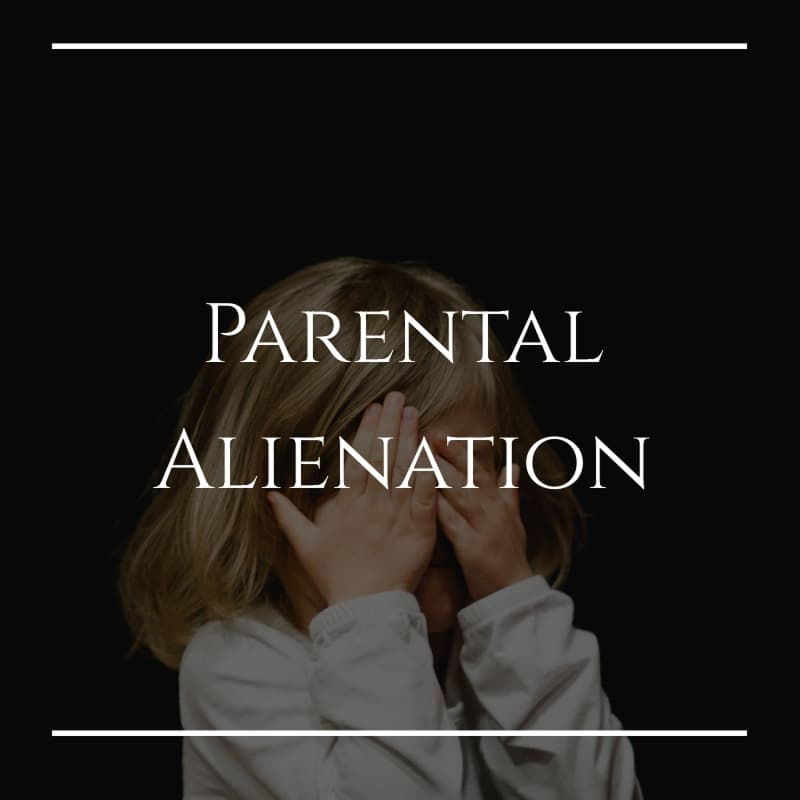Parental Alienation
- Angela Startz, MAHSC, CMCLC

- Apr 7, 2022
- 4 min read
Updated: Oct 12
Parental alienation is the stuff of nightmares – a child is aligned with one parent in a united front to punish, reject, and ultimately sever the relationship with the other “targeted” parent. It goes far beyond brainwashing (Childress, 2015). It is traumatizing to the targeted parent and emotionally and psychologically abusive to the child.
According to Childress (2015), Parental alienation is the result, but the process is “pathogenic parenting.” Parents who actively induce children to alienate targeted parents are overwhelmingly people who have narcissistic (NPD) or borderline personality disorders (BPD).
The core soul wound of those with NPD and BPD is the same. They differ only in the attachment response, i.e., those who are genetically predisposed to NPD and BPD and experience intense childhood trauma (typically abuse, neglect, and/or abandonment) and have avoidant attachment develop NPD, and those with anxious attachment develop BPD (Childress, 2015). Those who successfully induce their child to reject and sever their relationship with the targeted parent inflict the same core wound of abandonment on their child, thus providing the child the opportunity to also develop NPD/BPD.
A divorce triggers the original attachment trauma in the NPD/BPD parent. They do not have the emotional structure to independently cope with such a blow. So, they cultivate the child to be their emotional scaffolding resulting in parentification of the child and alienation of the targeted parent. It is important to note that they (the NPD/BPD parent) are completely unaware of this weakness and are subconsciously reliving their childhood trauma through their child.
Childress (2015) has eloquently explained this phenomenon (I highly recommend his book). In short, he explains that the NPD/BPD parent was once a traumatized child whose parent was both the source of and the solution to their abuse, which means there was no solution. They learned to leverage “splitting” to protect themselves psychologically. Splitting refers to reducing people to all good or all bad, i.e., a person with NPD/BPD cannot fathom that people can be both. Thus, during a divorce, the ex-spouse cannot be a good person. They must be all bad - deserving of punishment and retaliation. “The ex-spouse must also become an ex-parent as well” (Childress, 2015, p. 35).
During the reenactment of the original trauma, the NPD/BPD parent recreates the past with an eye toward changing the outcome – their child becomes the “traumatized child” in the narrative, the NPD/BPD parent is the “protective” parent, and the targeted parent is the “abusive” parent. The goal is to be the hero of their own story. In reality, they are the abusive parent who is traumatizing their child.
Family court judges are largely uninterested in things that are not legally enforceable. Accusing one parent of being a narcissist or alienating the other parent is not a productive strategy. It is not against the law to be a narcissist, and proving alienation when the child is asserting their wish to terminate visitation with the targeted parent is all but impossible. Remember, the goal of family court is to ensure the child has a healthy relationship with both parents unless abuse has been proven (Garber, 2015).
Childress (2015) advises approaching parental alienation as a child protection issue due to the emotional and psychological abuse present. Garber (2015) advocates for family systems therapy with gradual exposure to the targeted parent to reestablish the parent-child attachment bond between the target parent and child. Word of caution – choose a counselor or coach well-versed in identifying and treating pathological parenting and parental alienation. An inexperienced professional can serve as a bystander in the narrative. Bystanders inadvertently reinforce the alienation by siding with the “victimized child” and “protective parent” (Childress, 2015).
The process of alienating the targeted parent follows a reasonably predictable path outlined by Childress (2015). Watch for the following signs. Early intervention is critical.
Parentification – the child becomes the emotional crutch of the NPD/BPD parent.
The pathological parent induces the child to “independently” reject the targeted parent through solicited complaints which are enflamed to incite the child’s anger and build resentment.
Triangulation – an alliance between the NPD/BPD parent and child; an “us” versus the targeted parent mentality.
Trapping the targeted parent in an “unresolvable dilemma” in which they must not defend themselves against accusations from the NPD/BPD parent and risk further psychological harm to the child. Yet, not refuting the charges allows the child to believe them to be true.
Support for the targeted parent is crucial. While divorce has, sadly, become commonplace, parental alienation has not; roughly 11-15% of children of divorce experience it (Moore, 2018). Often family and friends become bystanders in the trauma narrative and cannot discern the truth of the situation and provide adequate support for targeted parents. Depression and isolation are real concerns; take care of yourself by seeking the help you need to navigate this process without compounding the damage to yourself or your child.
Angela W Startz, MAHSC, CCLC
Mental Health Coach
Recommended Reading: Childress, C. A. (2015). An attachment-based model of parental alienation: Foundations. Oaksong Press
(Please Note: As an Amazon Associate, I earn from qualifying purchases.)

References
Childress, C. A. (2015). An attachment-based model of parental alienation: Foundations. Oaksong Press
Garber, B. D. (2015, January). Cognitive-behavioral methods in high-conflict divorce: systematic desensitization adapted to parent-child reunification interventions. FAMILY COURT REVIEW, 53(1), 96-112.
Moore, H. (2018, June 25). Divorce and parental alienation. https://www.moorefamilylawgroup.com/blog/divorce-and-parental-alienation/

.png)


